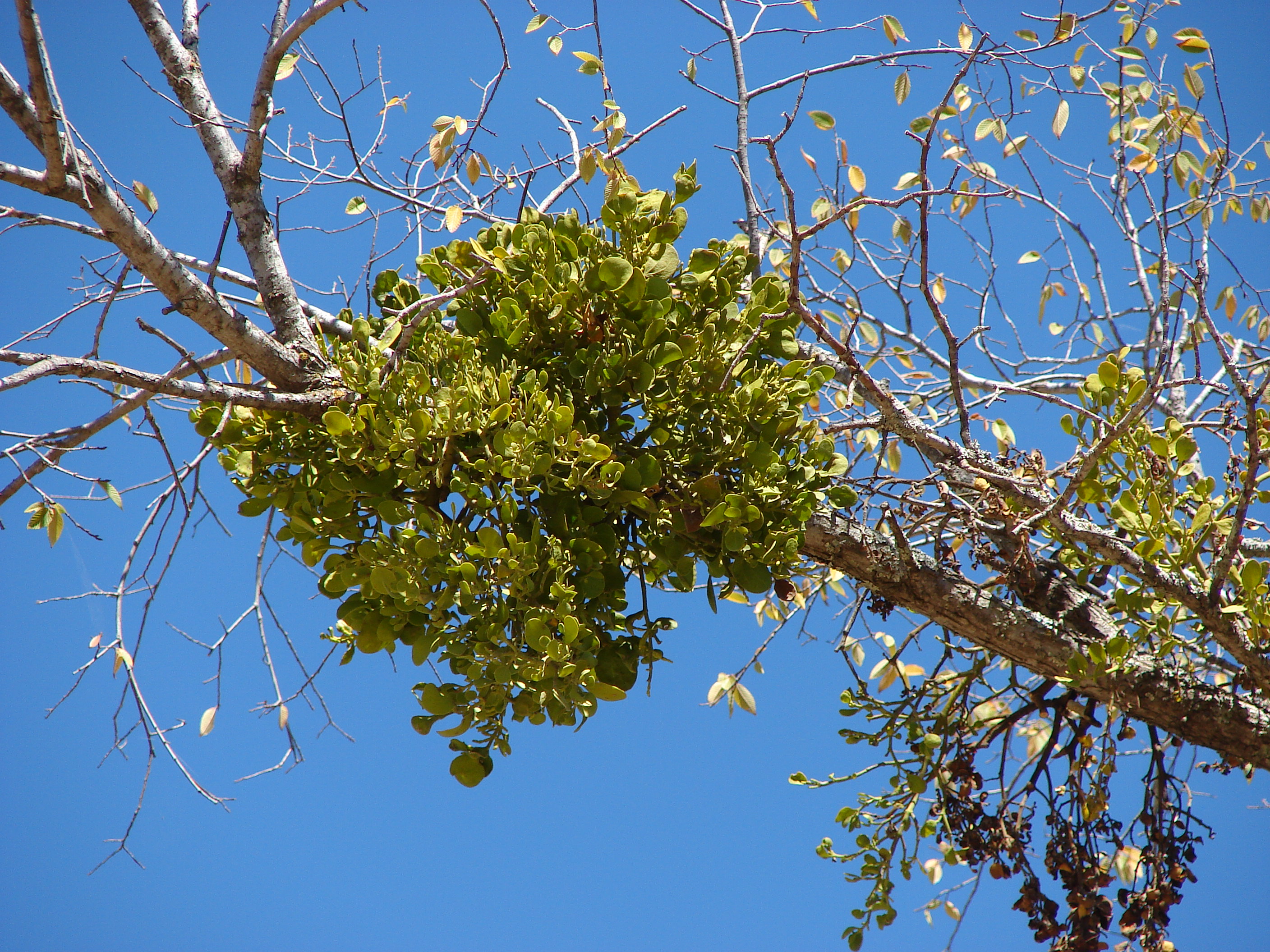Mistletoe is a
parasitic plant and birds rub the berries onto tree bark, especially the Mistle Thrush. It can lie dormant for years before living off its host and creating the plant we see hanging from branches.
The tradition of
kissing under mistletoe is long standing, but there are other stories concerning this plant and one in particular is about the Norse god Baldr, who was handsome,
good natured and popular. He was the son of Frigg and, it is thought, Odin and
was often known as ‘Baldr the Beautiful’.
Sadly, Baldr had
nightmares that were premonitions of him dying. His Mother took steps to
protect him and dispel his fears – she made everything that grew in the earth
or lived on the land, be it animal, vegetable or mineral unable to harm Baldr
in any way. He was indestructible. The other gods thought it fun to practice
their fighting and firing skills on him, but he always remained alive.
Now one of the
gods, Loki, was jealous of Baldr and one day, on seeing mistletoe realised that
as it didn’t grow on the ground, it would not be covered by Baldr’s mother’s
protection of her son. He made a spear-like weapon from the mistletoe, but he
did not want to take the blame for any harm that might come to Baldr, so he
convinced Baldr’s brother, Hod who was blind, to practice with the weapon on
his brother. Sadly Baldr did die from a single injury inflicted by Hod with the
mistletoe weapon.
The other gods
all mourned Baldr and his Father, Frigg wept for his son. His tears are said to
have become the berries on the mistletoe and Frigg proclaimed that mistletoe
should be a symbol of friendship and peace.















